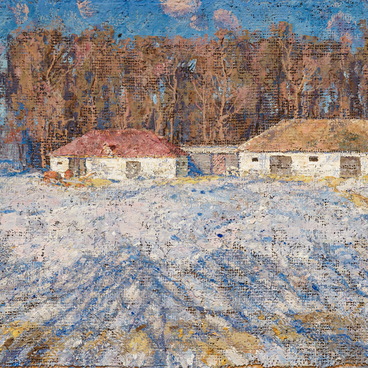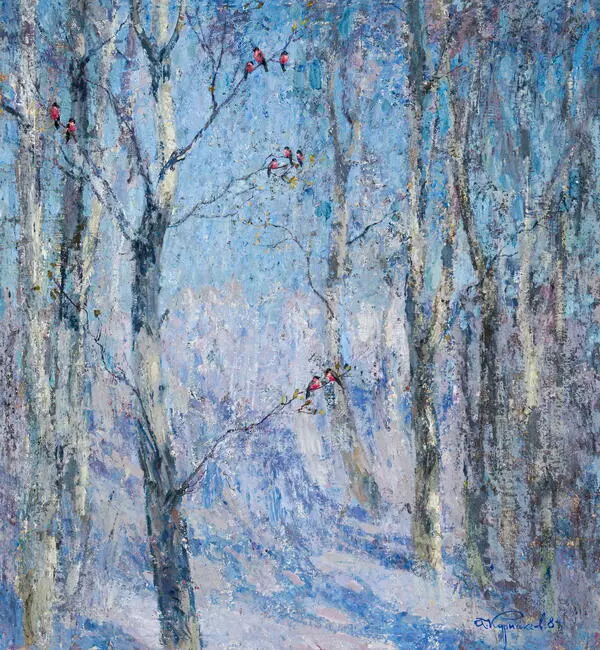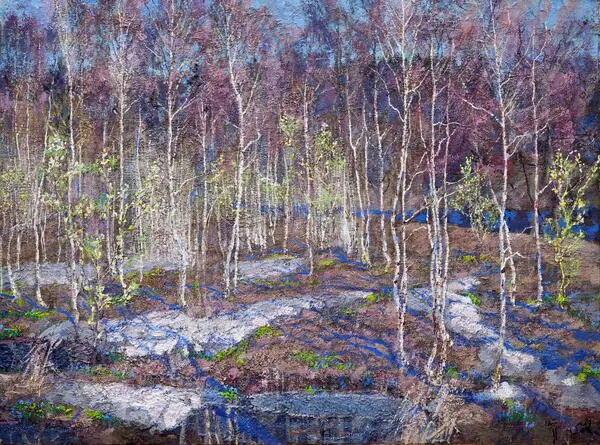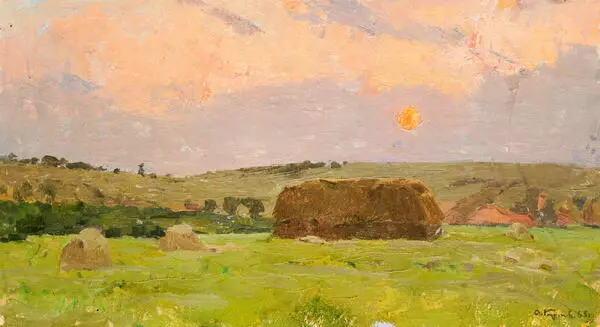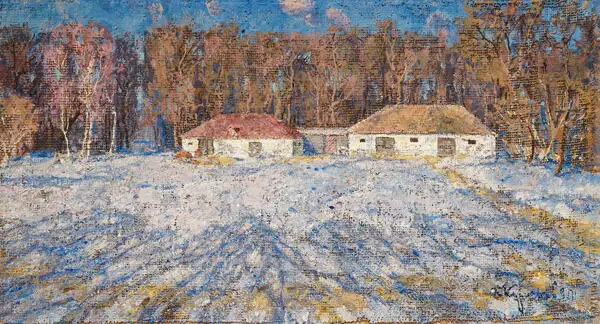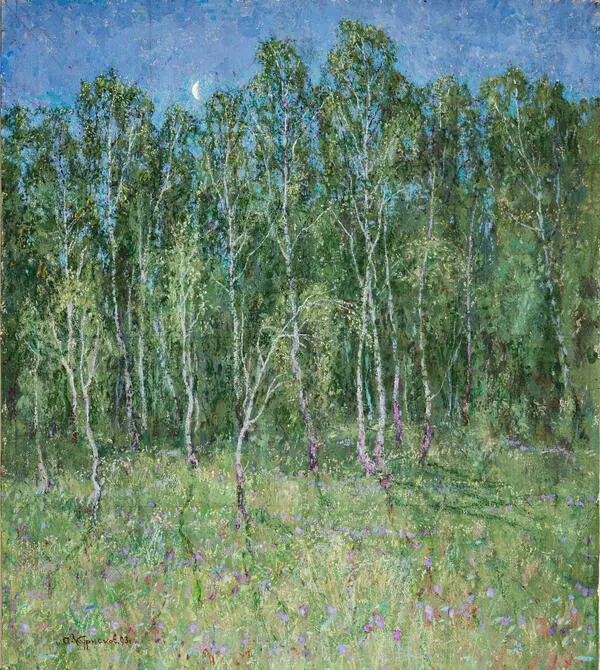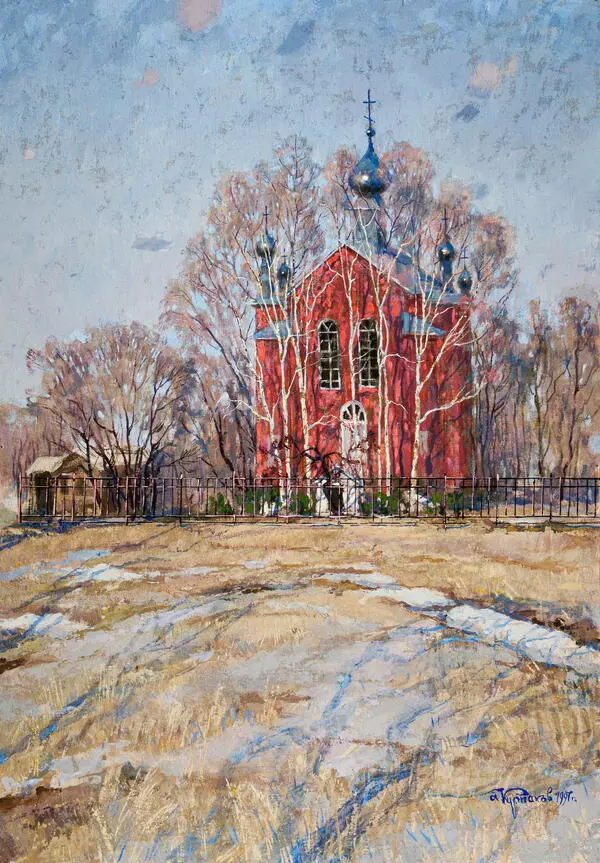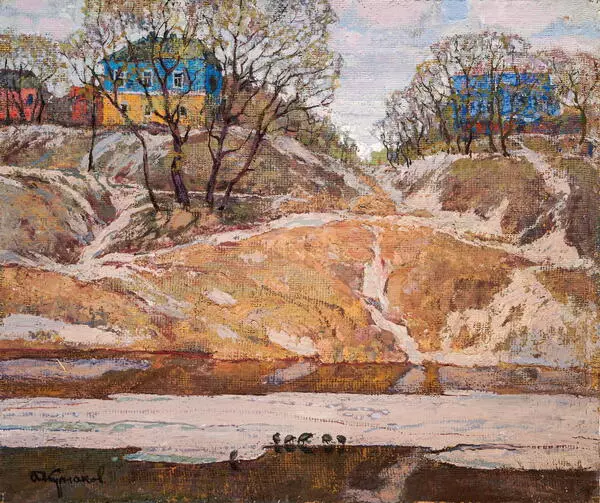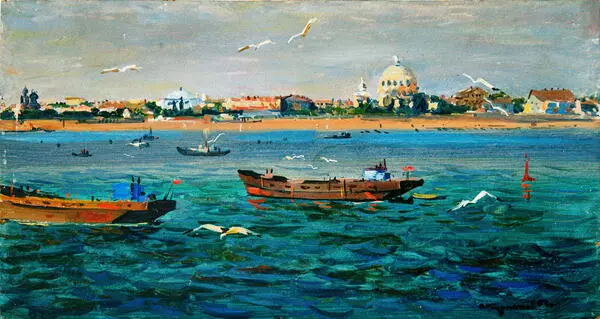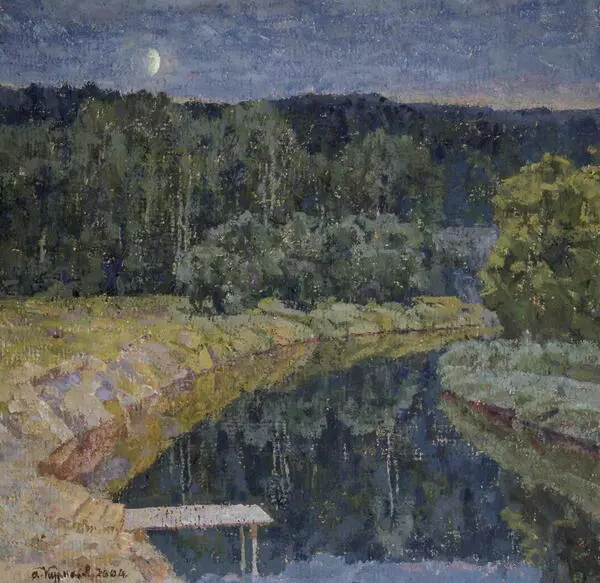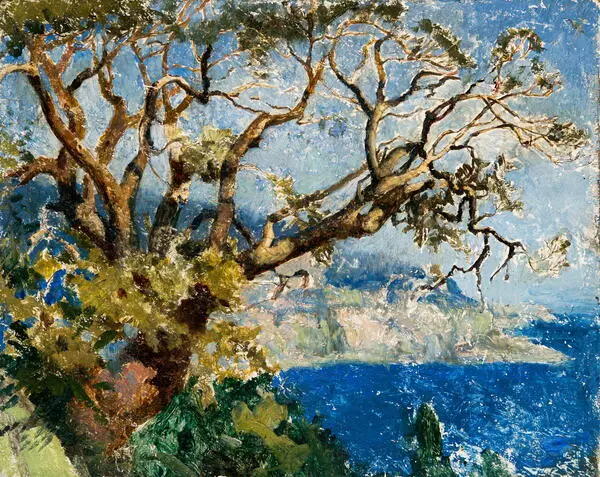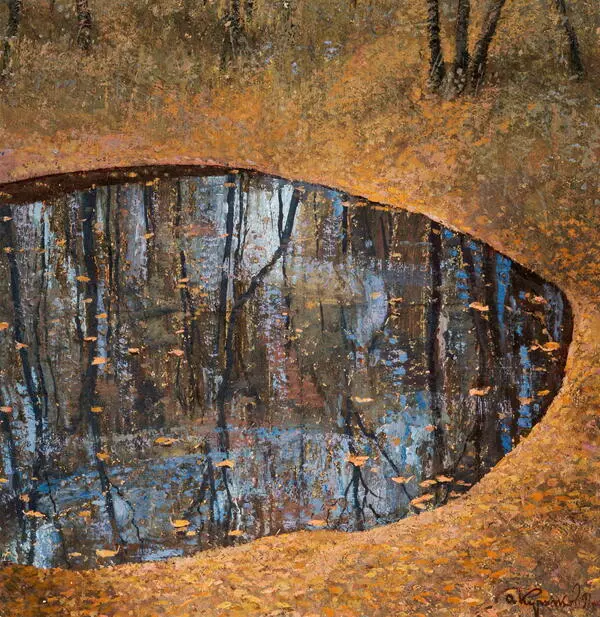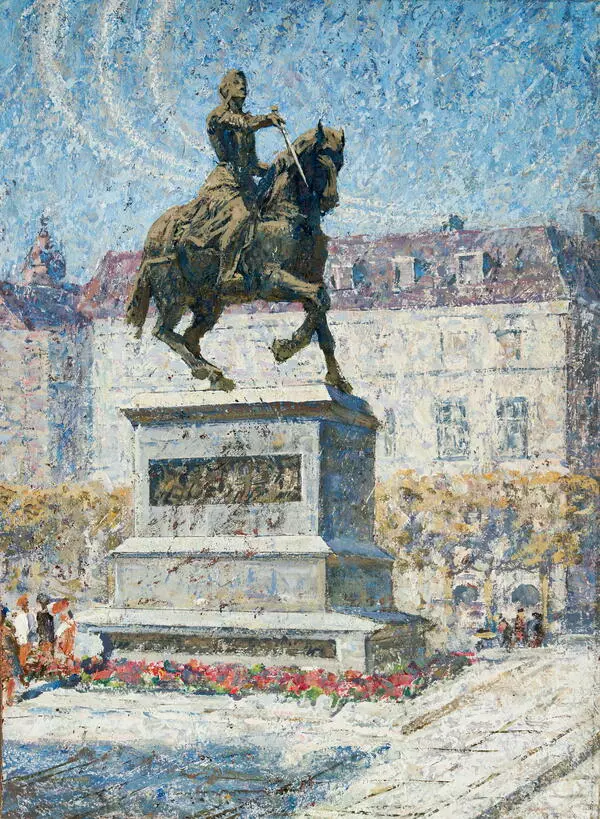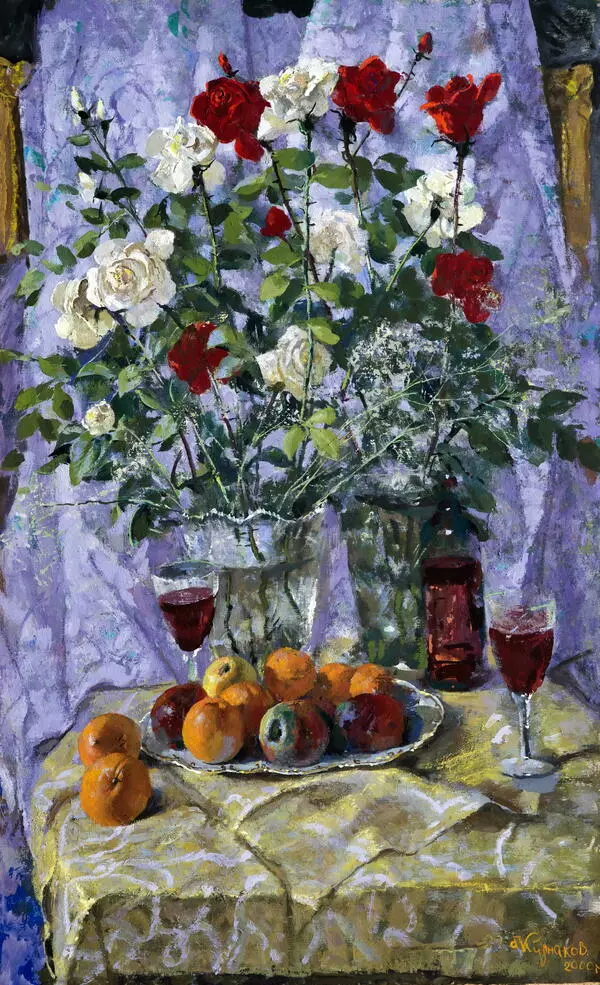The Church of the Transfiguration is the gem of the Spasskoye-Lutovinovo estate — the birthplace and home of the famous Russian writer Ivan Turgenev. According to Turgenev’s contemporary and biographer Ivan Rynda, “in the last century, there was a dilapidated wooden church in the village, with priests and two clerks since 1780. Although there were twelve wealthy landowners living in the Spasskoye parish, none of them took care of the church. Only Ivan Lutovinov expressed concern. Seeing that the church was already falling apart, he built a very spacious and beautiful stone church at his own expense in 1808.”
The church building was erected as part of the estate complex and, together with other buildings, constituted a single architectural ensemble. The experienced architect, who supervised the construction, managed to produce a classical composition design that was traditional at that time. Inside the church, there was a lavishly decorated iconostasis, a marble crucifix brought from Italy, and an ancient handwritten Gospel. The church was consecrated in June 1809, and in January 1816, Turgenev’s parents got married there. Turgenev enjoyed visiting the church: listening to the choir and talking with the priests.
The church experienced hard times in the anti-Christian 20th century. However, after a long period of restoration, it again adorns the entrance to the estate. In his painting “Church of the Transfiguration”, the artist leaves a lot of free space in the foreground. The image of the temple appears through intertwined tree branches, and shadows dance on the walls of the church. As a result, the picture seems full of air and space.
Such a compositional solution, in which the silhouette of a building is presented through the crowns, winding branches and trunks of trees, is often found in Kurnakov’s landscape painting. The painter often resorts to this technique, creating a hint of mystery and making the image less straightforward.
The painting features a sunny summer day. It rained the day before so there is a large puddle in the foreground, reflecting the high blue sky with light clouds. The grass bends low in the wind. The shadows cast by the trees are rendered in light brush strokes. These two motifs are also among the artist’s favorite techniques, which he so skillfully deploys.
This painting is part of the “Monuments of the Fatherland” series.
The church building was erected as part of the estate complex and, together with other buildings, constituted a single architectural ensemble. The experienced architect, who supervised the construction, managed to produce a classical composition design that was traditional at that time. Inside the church, there was a lavishly decorated iconostasis, a marble crucifix brought from Italy, and an ancient handwritten Gospel. The church was consecrated in June 1809, and in January 1816, Turgenev’s parents got married there. Turgenev enjoyed visiting the church: listening to the choir and talking with the priests.
The church experienced hard times in the anti-Christian 20th century. However, after a long period of restoration, it again adorns the entrance to the estate. In his painting “Church of the Transfiguration”, the artist leaves a lot of free space in the foreground. The image of the temple appears through intertwined tree branches, and shadows dance on the walls of the church. As a result, the picture seems full of air and space.
Such a compositional solution, in which the silhouette of a building is presented through the crowns, winding branches and trunks of trees, is often found in Kurnakov’s landscape painting. The painter often resorts to this technique, creating a hint of mystery and making the image less straightforward.
The painting features a sunny summer day. It rained the day before so there is a large puddle in the foreground, reflecting the high blue sky with light clouds. The grass bends low in the wind. The shadows cast by the trees are rendered in light brush strokes. These two motifs are also among the artist’s favorite techniques, which he so skillfully deploys.
This painting is part of the “Monuments of the Fatherland” series.


